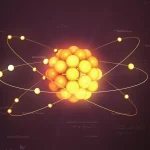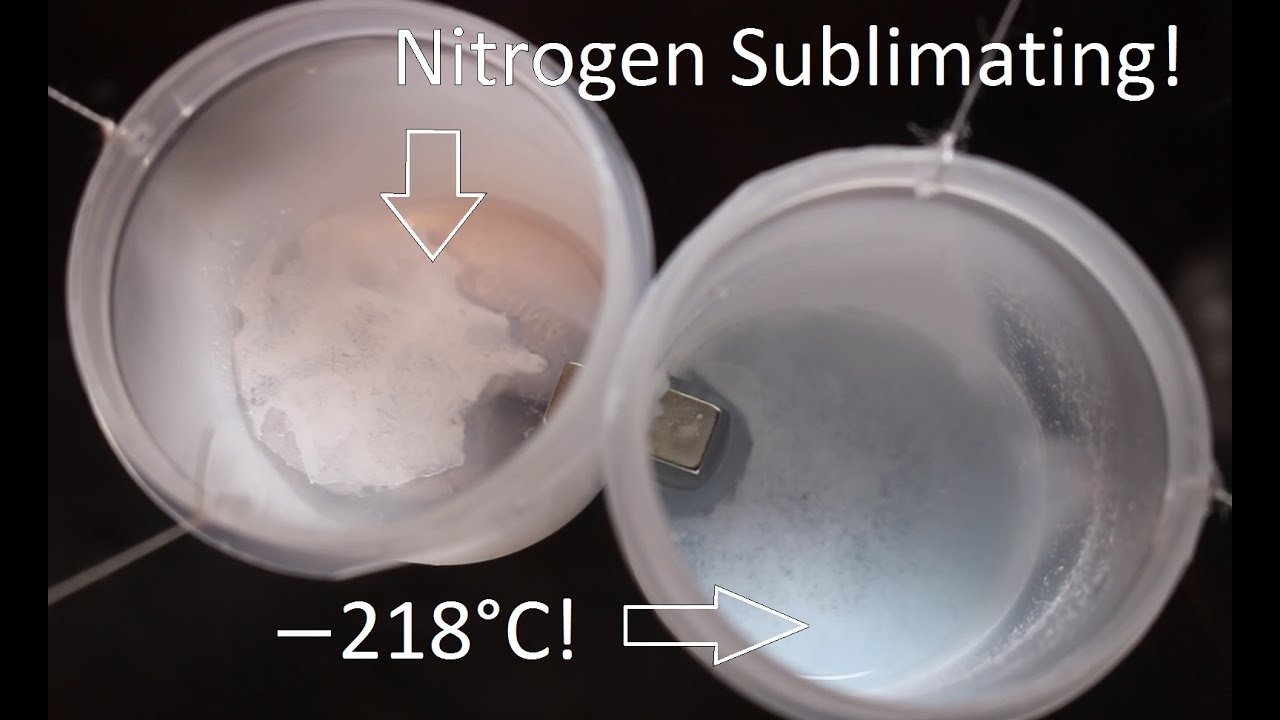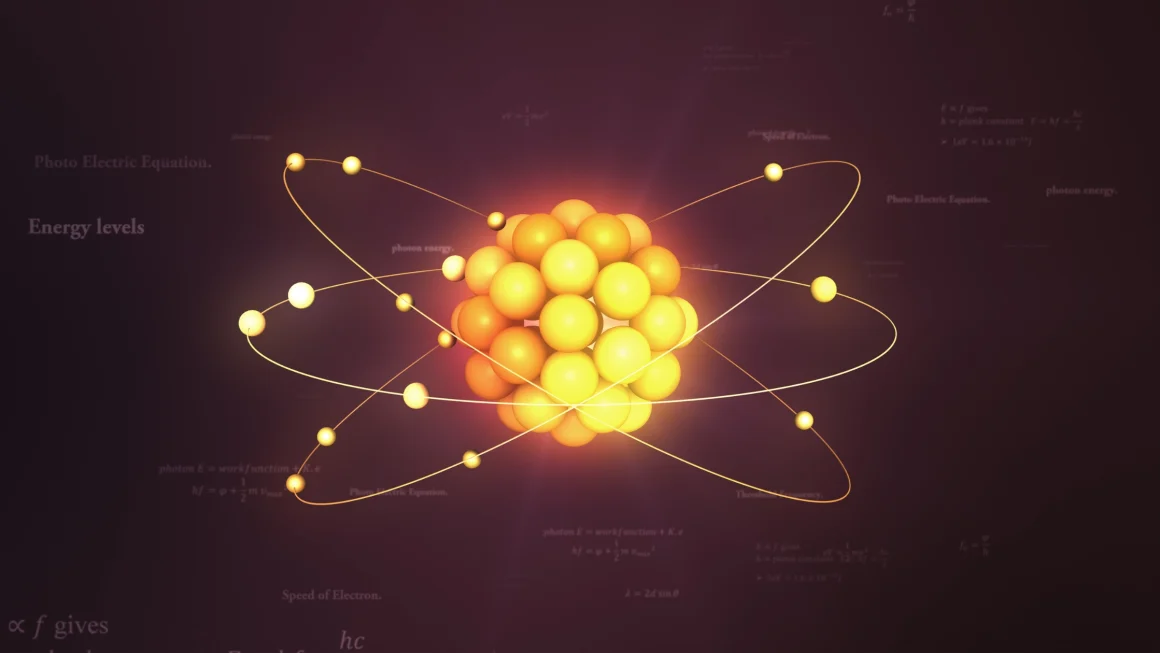In the vast world of science, there are discoveries that feel like magic. One such wonder is oxygen as a solid. Most of us think of oxygen as the invisible gas we breathe, a silent life-giver present in every corner of our lives. But what if we told you that this gas, under the right conditions, can become a shimmering blue solid with surprising powers?
This article dives into the captivating story of this rare form. It’s not just about chemistry—it’s about human curiosity, icy temperatures, and a journey into the unknown.
The Discovery of Solid Oxygen
The story begins in the late 1800s when scientists were racing to understand the behavior of gases. Oxygen had already been liquefied, a huge scientific breakthrough. But pushing it further—freezing it into a solid—was still a dream. In 1883, Polish physicists Zygmunt Wróblewski and Karol Olszewski finally made it happen.
They cooled oxygen to below -218.79°C (-361.82°F), and what they saw was nothing short of breathtaking: a bluish solid that glowed faintly under the lab lights. This moment changed how we viewed elements forever.
From that day, oxygen as a solid went from theory to reality.
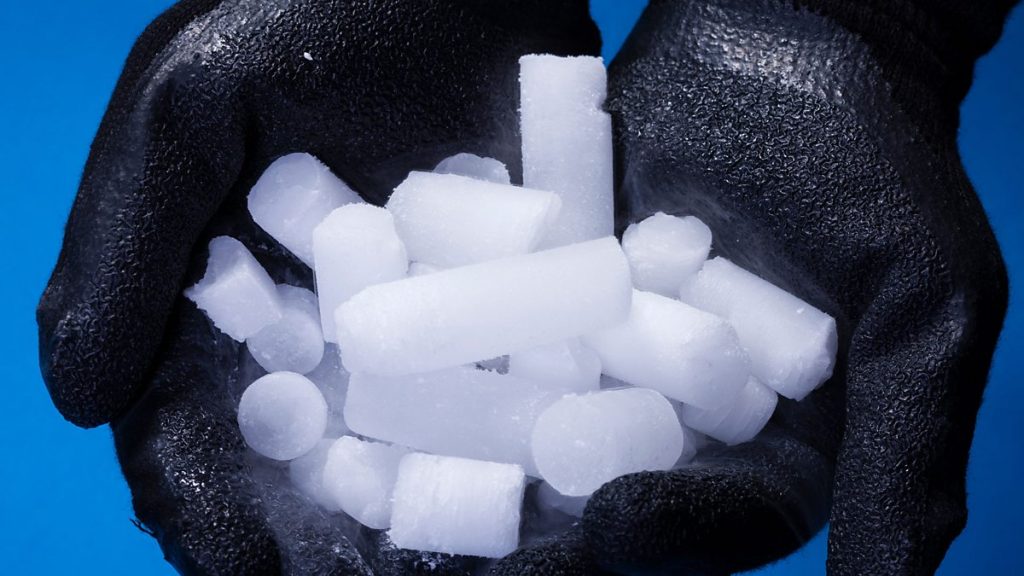
How Oxygen Becomes a Solid
Turning this element into a frozen state isn’t as easy as throwing it into a freezer. It requires extreme precision and the coldest temperatures found naturally only in outer space or artificially in high-tech labs.
Freezing occurs at atmospheric pressure only below its solidification point of -218.79°C. To achieve this, scientists use advanced cooling systems involving liquid helium. Sometimes, they also increase pressure to make the transformation happen more easily.
What’s amazing is that the substance doesn’t solidify in just one form. It goes through several phases depending on temperature and pressure—each with its own shape, structure, and properties.
Unique Properties of Oxygen as a Solid
Here’s where things get really fascinating. Solid oxygen is not just cold and pretty—it behaves in bizarre ways.
- Blue Glow: Solid oxygen has a deep blue color that almost seems to glow. This is due to how it absorbs and reflects light—a visual fingerprint of its structure.
- Magnetism: Unlike gaseous oxygen, solid oxygen exhibits a rare property called paramagnetism. This means it’s attracted to magnets—a surprise to many!
- Crystal Structures: Depending on temperature and pressure, solid oxygen can take on multiple forms, called α, β, γ, δ, and ε phases. Each has its own unique crystal arrangement.
- Potential Superconductivity: Some forms of solid oxygen, when pressurized to extremes, may show signs of superconductivity—where electricity flows without resistance. While not yet confirmed, the potential is exciting.
Real-Life Applications and Possibilities
Though solid oxygen might seem like a lab novelty, its properties open doors to futuristic technologies.
- Space Missions: Solid oxygen could be used for storing breathable air in space missions, where volume and weight matter. In its solid form, oxygen is dense and compact.
- Quantum Computing: Due to its magnetic properties and crystal behavior, researchers are exploring whether it could play a role in quantum materials or cooling systems.
- High-Pressure Physics: Studying solid oxygen helps scientists understand how molecules behave under extreme pressure—just like deep inside planets.
While not widely used yet in daily life, the scientific curiosity surrounding oxygen as a solid keeps growing.
Scientific Challenges in Studying Solid Oxygen
Despite all we know, solid oxygen remains a mysterious subject. Scientists face many hurdles:
- Extreme Conditions: Keeping oxygen stable in solid form is difficult. Even the smallest rise in temperature turns it back into a gas.
- Equipment Cost: The machines required to reach such low temperatures are expensive and fragile, limiting research to only the most advanced labs.
- Safety Concerns: Solid oxygen, being pure and compact, can react explosively if mishandled. Oxygen supports combustion—so solid oxygen is highly reactive.
Even with these challenges, the scientific community continues to probe deeper, chasing answers that could unlock entirely new knowledge.
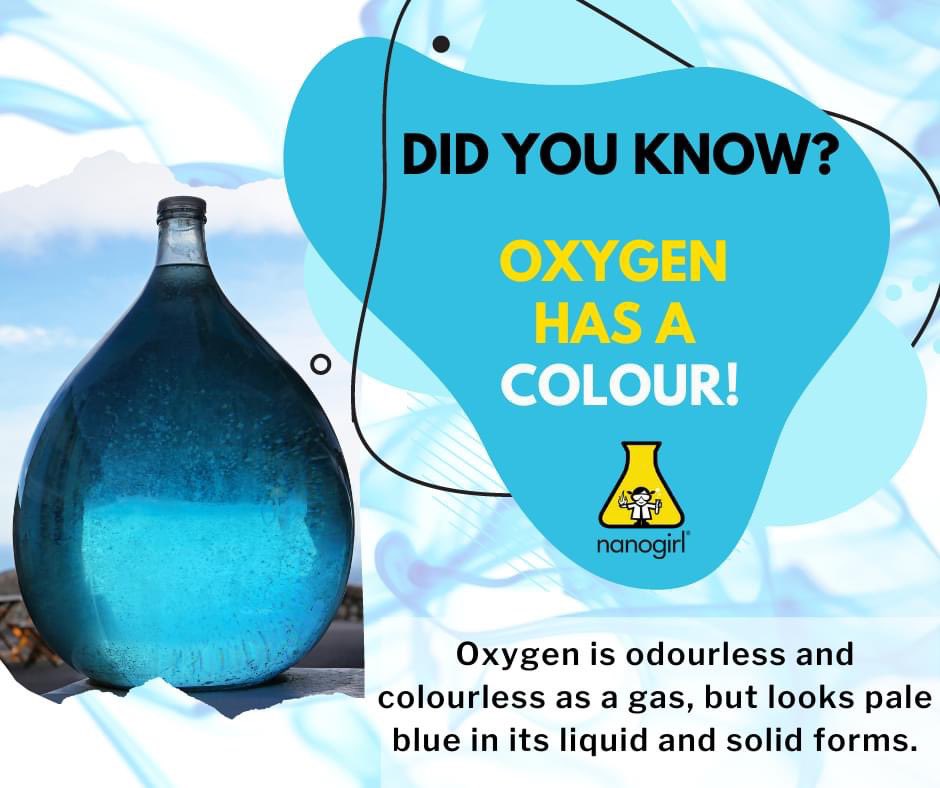
Visit our website for more updates and stories
Final Thoughts: The Mystery We’re Still Unraveling
The journey of discovering oxygen as a solid is a beautiful reminder of how much we still have to learn about the universe. From the blue shimmer in a frozen chamber to the magnetic pull of a crystal, solid oxygen shows us that even the most familiar elements hold secrets.
Every time we cool oxygen into a solid, we’re not just making ice—we’re freezing a piece of the unknown.
It’s a story of adventure, exploration, and the thrill of pushing limits. So next time you take a breath, remember: the invisible gas around you can become something stunning, something magical—something solid.



